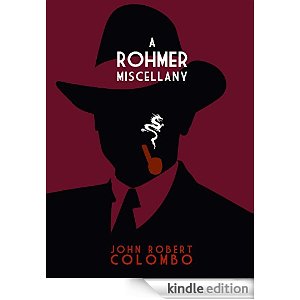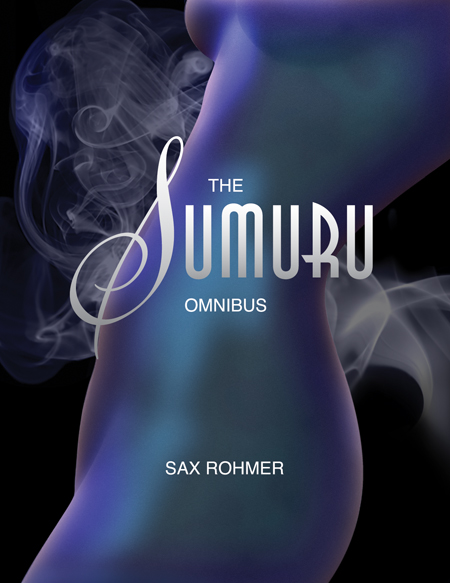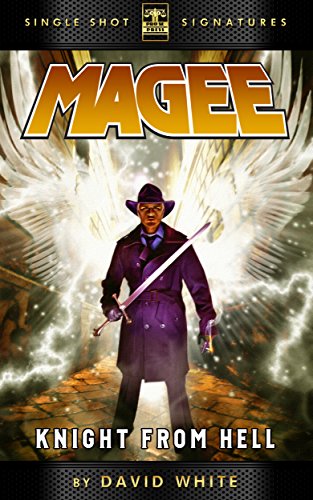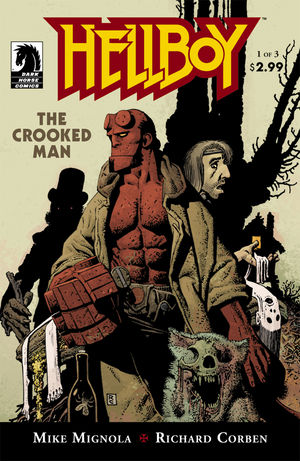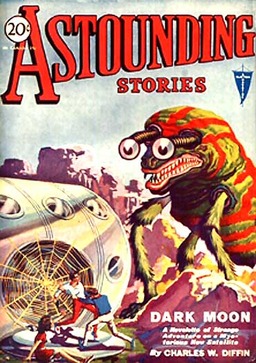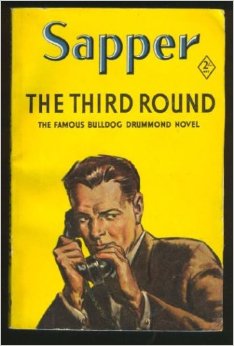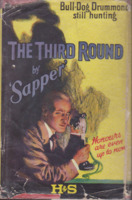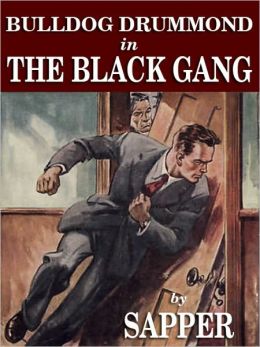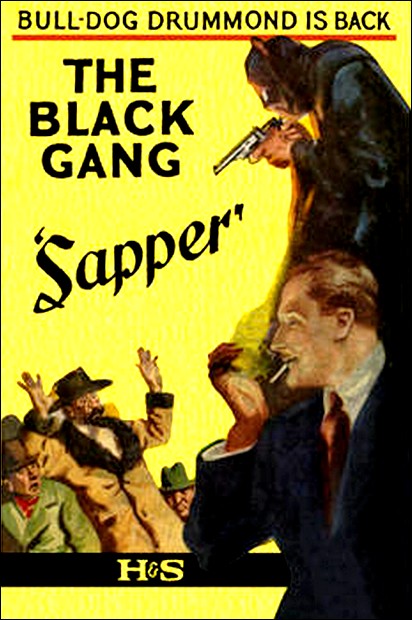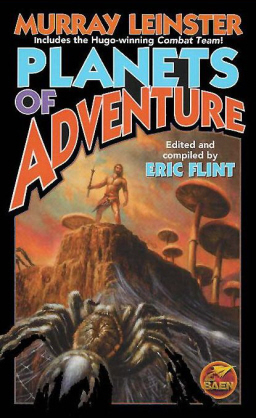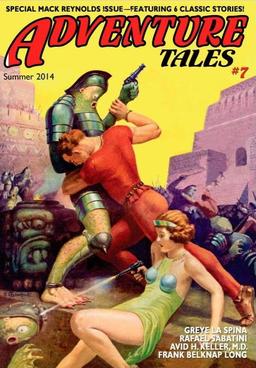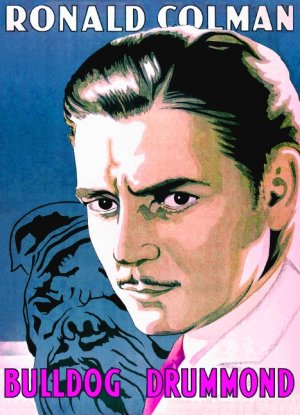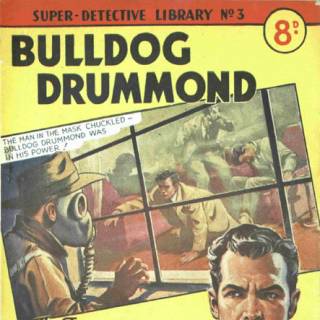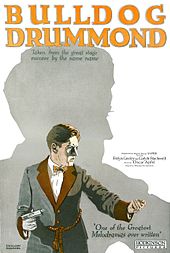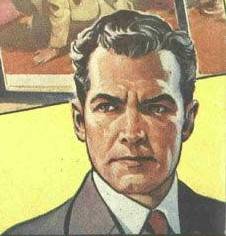Vintage Treasures: Sturgeon in Orbit by Theodore Sturgeon
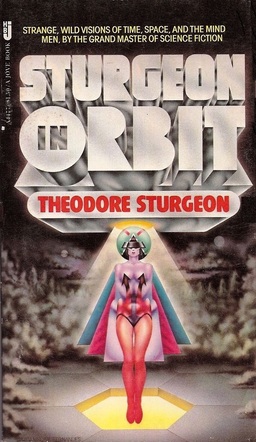 A few weeks ago, I wrote about my surprise in finding a Theodore Sturgeon collection I hadn’t known existed: To Here and the Easel, a handsome Panther Books paperback from 1975 that never had a US edition.
A few weeks ago, I wrote about my surprise in finding a Theodore Sturgeon collection I hadn’t known existed: To Here and the Easel, a handsome Panther Books paperback from 1975 that never had a US edition.
That book re-ignited my interest in Theodore Sturgeon, whom I consider one of the finest short story writers to dabble in SF and fantasy in the 20th Century. And it reminded me that I have by no means exhausted the Sturgeon titles I already have in my collection.
So this week I pulled another one off my shelf — the 1978 paperback edition of Sturgeon in Orbit, which I’ve never read before. It collects a fine sample of Sturgeon’s work from the early 1950s, the era of flying saucers, national paranoia, and a newborn fear of nuclear Armageddon. It features mysterious alien invaders, noble scientists facing terrifying choices, and stranger things.
The unusual cover, by Stanislaw Fernandes, was a departure for Sturgeon, whose books usually featured abstract space scenes. This one features… well, I’m not sure really. A runway model wearing three capes and a swami headdress, who looks like she’s about to level up. I get it.
Whatever the case, it’s a nice, slender volume that promises to be something I haven’t enjoyed in a while — a very quick read. So far, it’s been a lot of fun and I look forward to finishing it this weekend.
Here’s the description from the back of the book.
